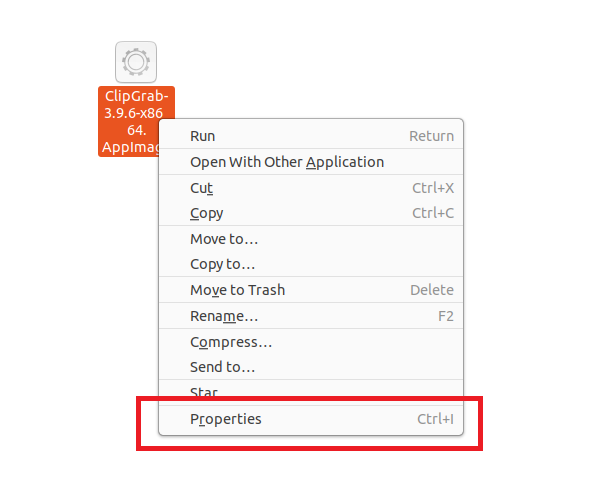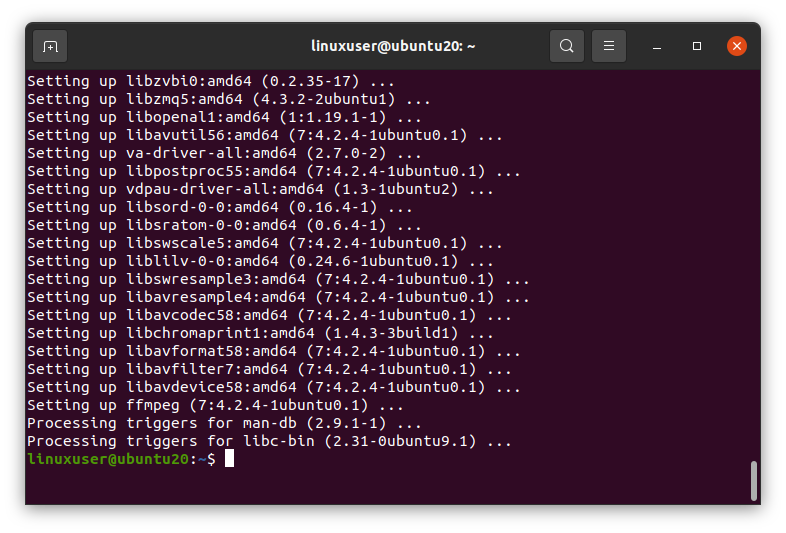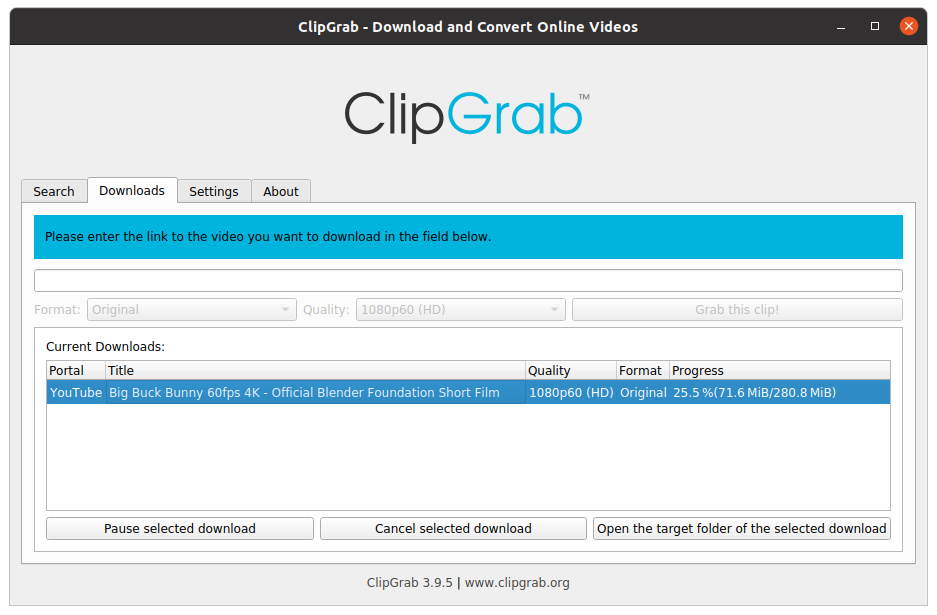Installation
To get started with the installation of Clipgrab.
Download the Clipgrab AppImage file
First, visit the official website of Clipgrab by visiting the link https://clipgrab.org/ and click on the “Free Download” button.
It will navigate you to the Downloads page.
If you want to support ClipGrab, then click on the Donate & Download button. Otherwise, ClipGrab is free software, so you can click on the Free Download button as well. After clicking on the “Free Download” button, a prompt will appear to confirm the downloading of the ClipGrab AppImage file. Click on the “save file” button.
The downloading of AppImage should start.
Wait for the Downloading of ClipGrab AppImage to complete.
Once the Downloading is complete.
Open up the directory in which you have downloaded the AppImage file.
Or in the terminal,
Make the Clipgrap AppImage file executable
To run the AppImage, We need to make this file executable.
We can make this file executable, either by changing the mod of the file in the terminal by running the “chmod” command.
You can verify that either the AppImage has become executable or not by running the “ls -la” command.
Or you can make the AppImage file executable by going into the properties of the file by right-clicking on it and selecting the properties option from the options list.
Click on the properties, now click on the Permissions tab and tick the “Allow executing file as program” checkbox.
After making the AppImage file executable,
Run the Clipgrab AppImage file by double-clicking on it.
A prompt will appear to download the youtube-dl.
Click the “Continue” button in the bottom right corner of the dialog box, and it starts downloading the youtube-dl.
After downloading the youtube-dl, ClipGrap will show an error of “ffmpeg could not found”.
It is perfectly fine to use ClipGrab without having ffmpeg installed. The only issue that you may face without ffmpeg is that you can not download 1080p videos from YouTube. But if you want to enable 1080p download support and install ffmpeg as well,
Install ffmpeg to enable 1080p download
To install ffmpeg, first close the ClipGrab if it is open. After closing the ClipGrab, you can install the ffmpeg by simply running the following command.
Press ‘y’ to continue.
Once the installation of ffmpeg is completed, ClipGrab is ready to support the downloading of 1080p videos.
Run the ClipGrab again, and it is perfectly ready to use.
Using ClipGrab
Now, you can either search for a video in the search tab.
Or you can directly paste the link of any youtube video in the Downloads tab.
Once you added the video and selected the format and quality according to your desire. Hit on the “Grab this Clip!” button, and the downloading would start.
You can adjust some general settings of ClipGrab as well from the Settings tab.
So, this how simply you can download, install, and use ClipGrab on your Ubuntu 20.04 LTS system.
Conclusion
ClipGrab is a free software used to grab or download videos from some of the most famous video platforms like Youtube and Vimeo. This article explains the installation and use of Clipgrab in easy to understand and step by step process with graphical representation.























